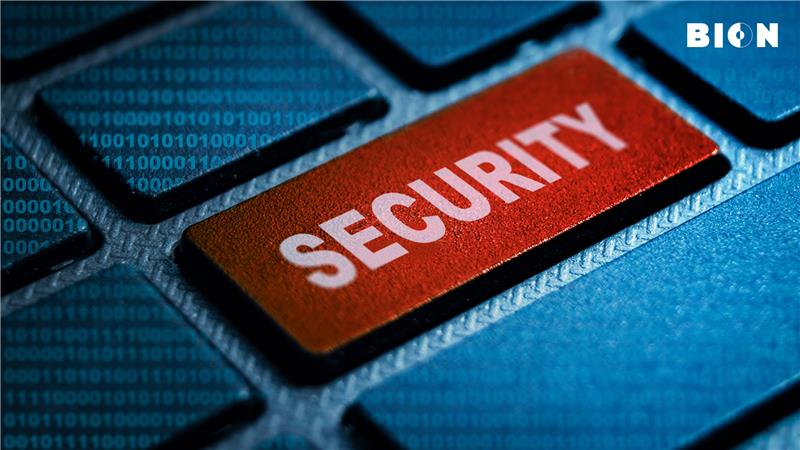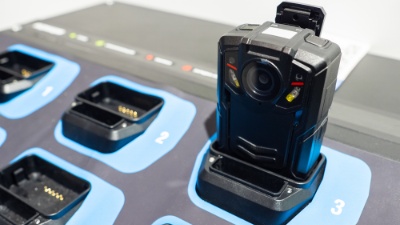As organisations face growing cybersecurity risks, access control has emerged as a foundational pillar in incident management.
Every access point whether physical or digital poses a potential security risk. Modern incident management frameworks increasingly rely on real-time access data to detect anomalies, block unauthorised attempts, and understand user behaviour before and after an incident.
Organisations that implement layered access control not only strengthen their security but also respond faster and more precisely to incidents minimising disruption and reputational damage.

How Access Control Strengthens Incident Management
Access control plays a vital role in incident response by ensuring that only authorised individuals or systems can access critical data. Each access event is authenticated, authorised, logged, and audited, enabling visibility and traceability. This comprehensive approach makes it easier to detect and respond to incidents like unauthorised access, privilege misuse or data breaches quickly and accurately.
- Centralised Identity Management: Unifies user access across all systems for consistency and efficiency.
- User Lifecycle Management: Handles account provisioning, updates and deprovisioning to keep access current.
- Improved User Experience: Offers single sign-on (SSO) to reduce login fatigue and boost productivity.

Best Practices for Effective Incident Management
- Use Multi-Factor Authentication (MFA): Adds a second verification layer to protect against stolen or guessed credentials.
- Enforce Strong Passwords or Go Password less: Use long, complex passwords—or better, adopt password less methods like biometrics or magic links.
- Avoid Shared Accounts: Implement individual user IDs and, if shared access is unavoidable, use privileged access management (PAM) tools for session tracking.
Let Access Control Be Your First Responder in Incident Management.
Talk to our security experts: marcomm@bion.co.in
— Bion Analytx Private Limited









